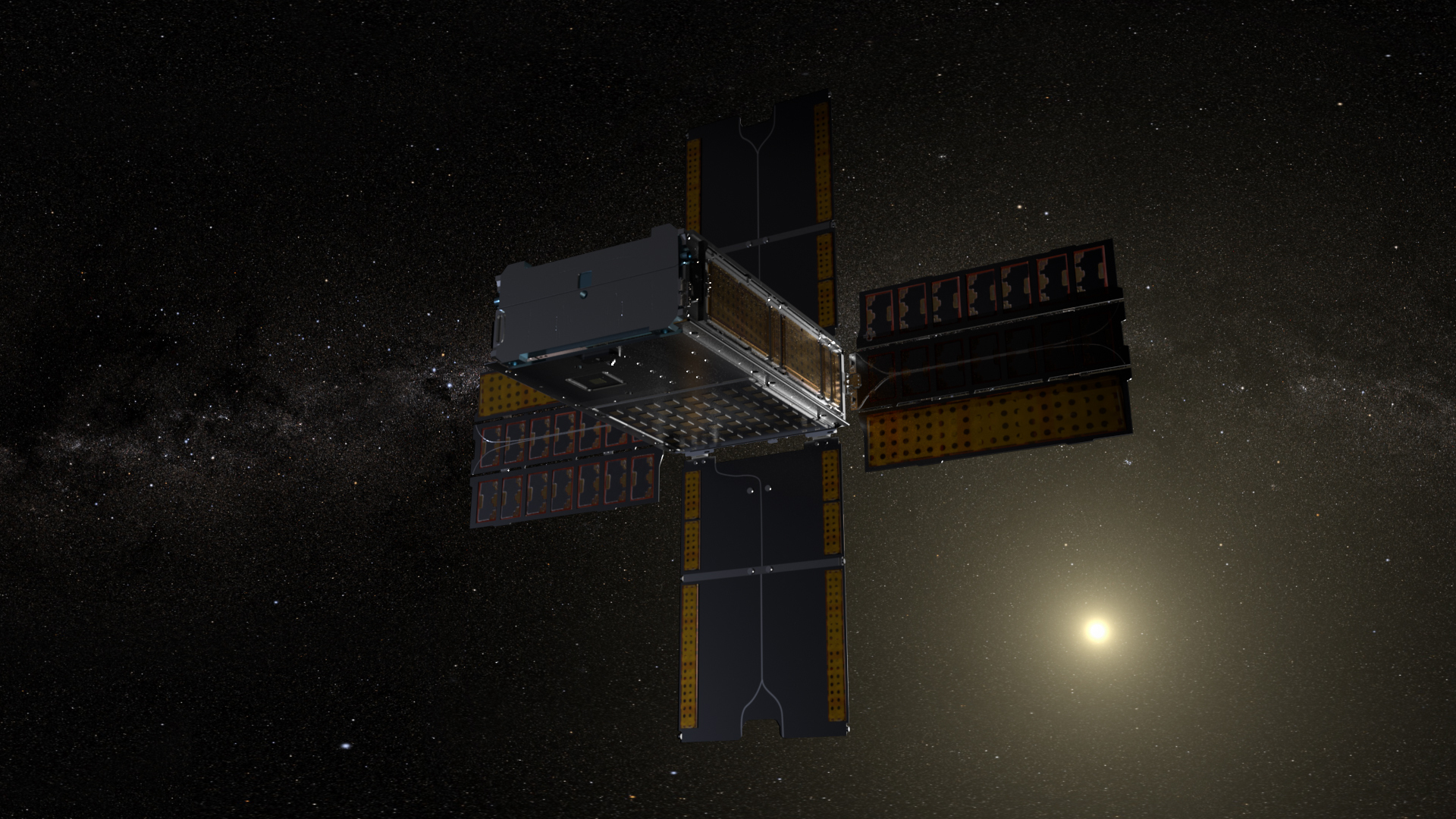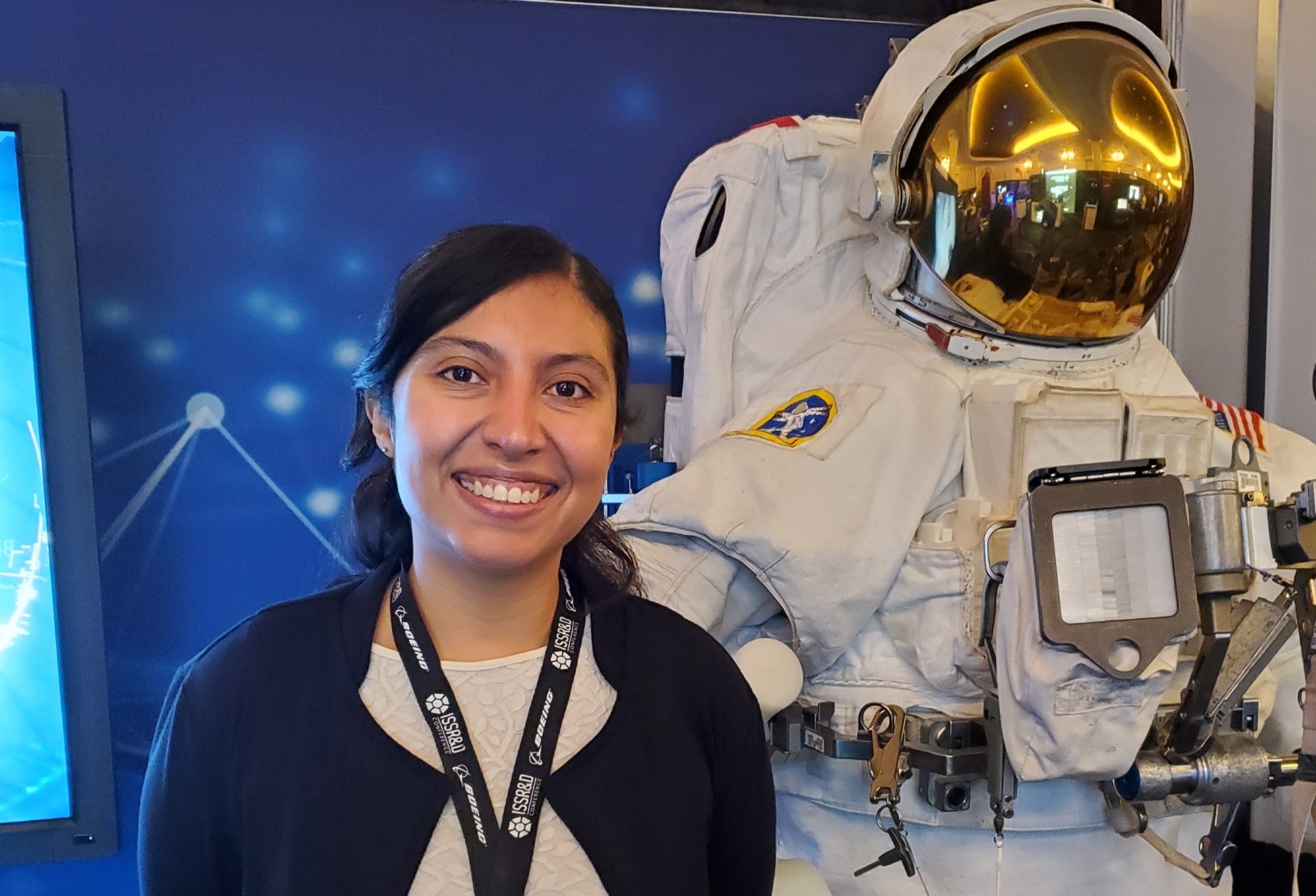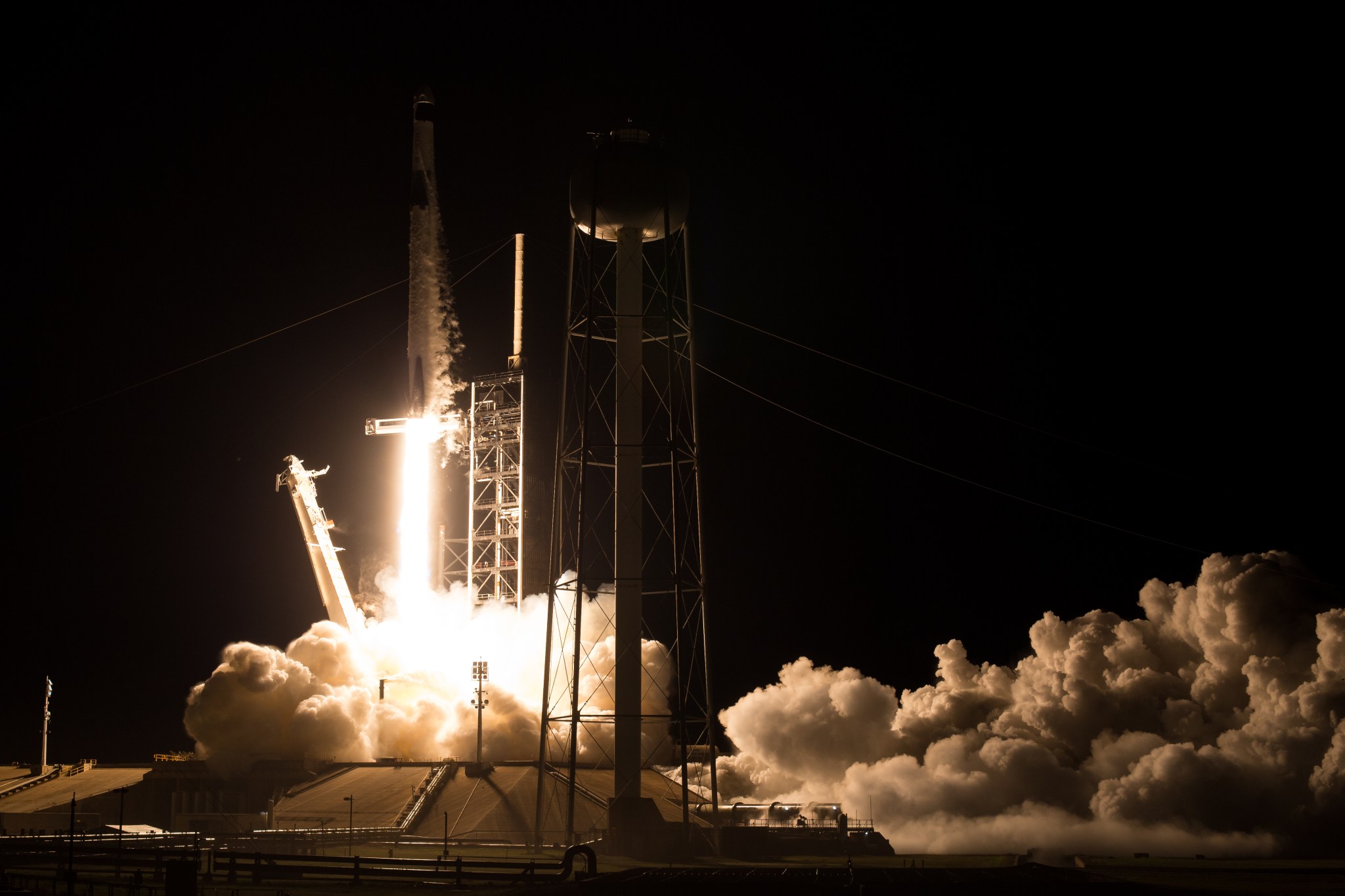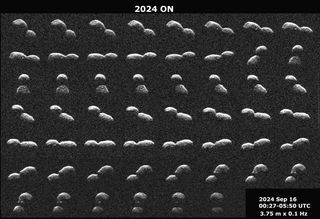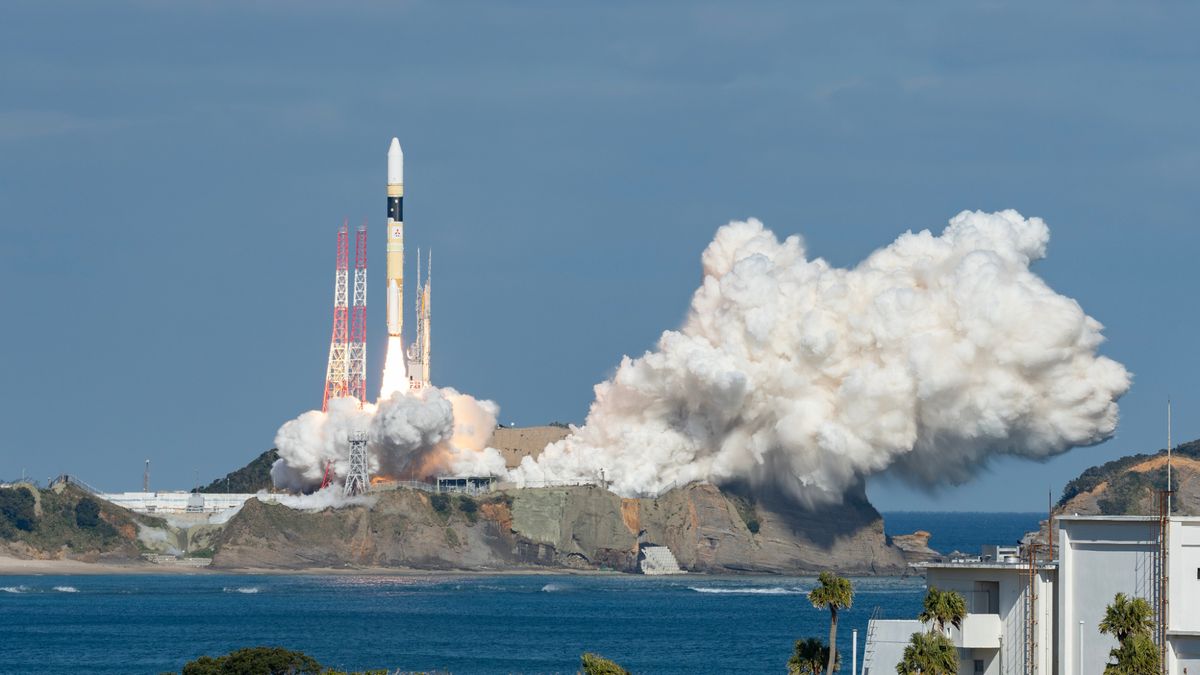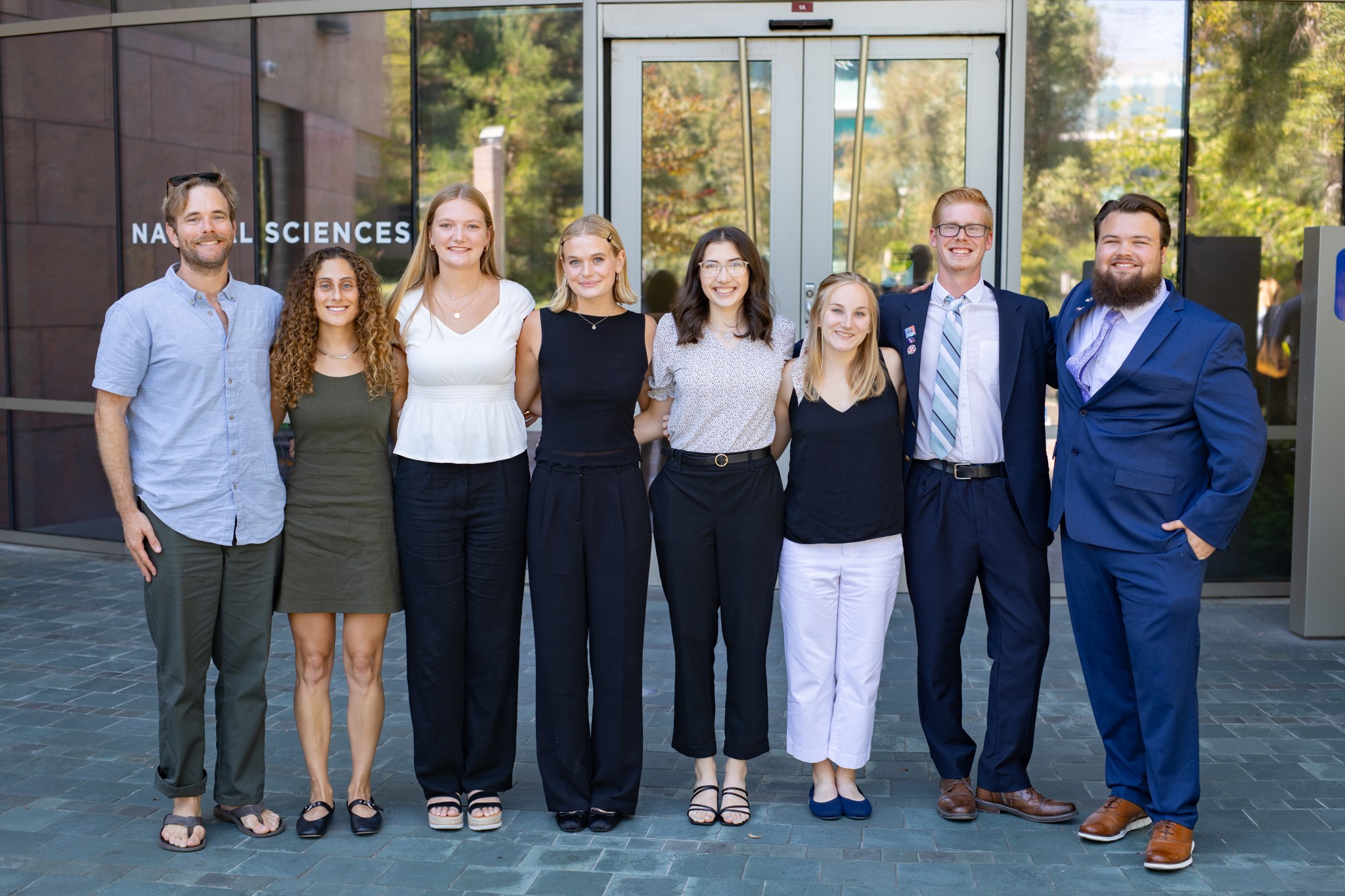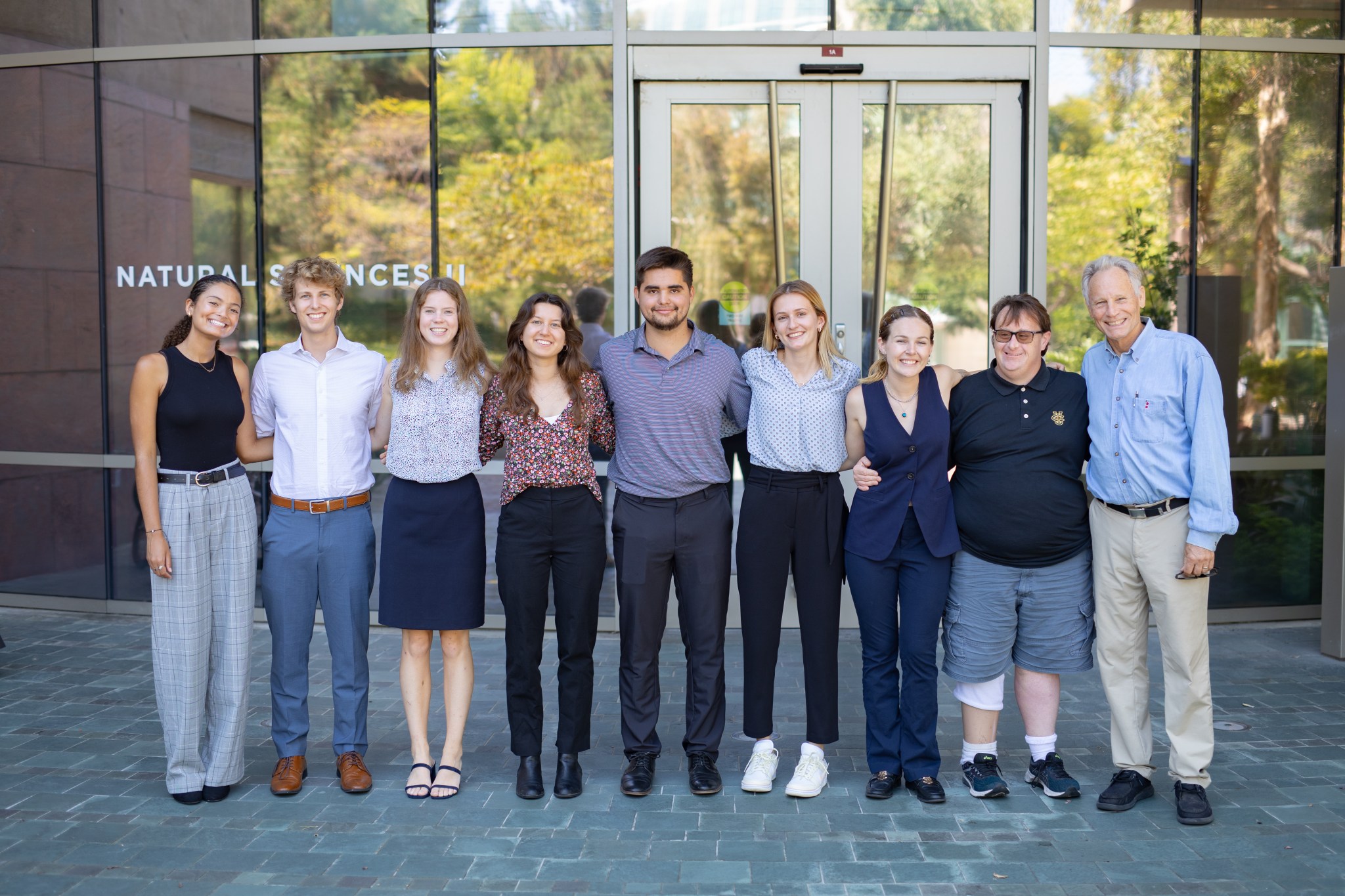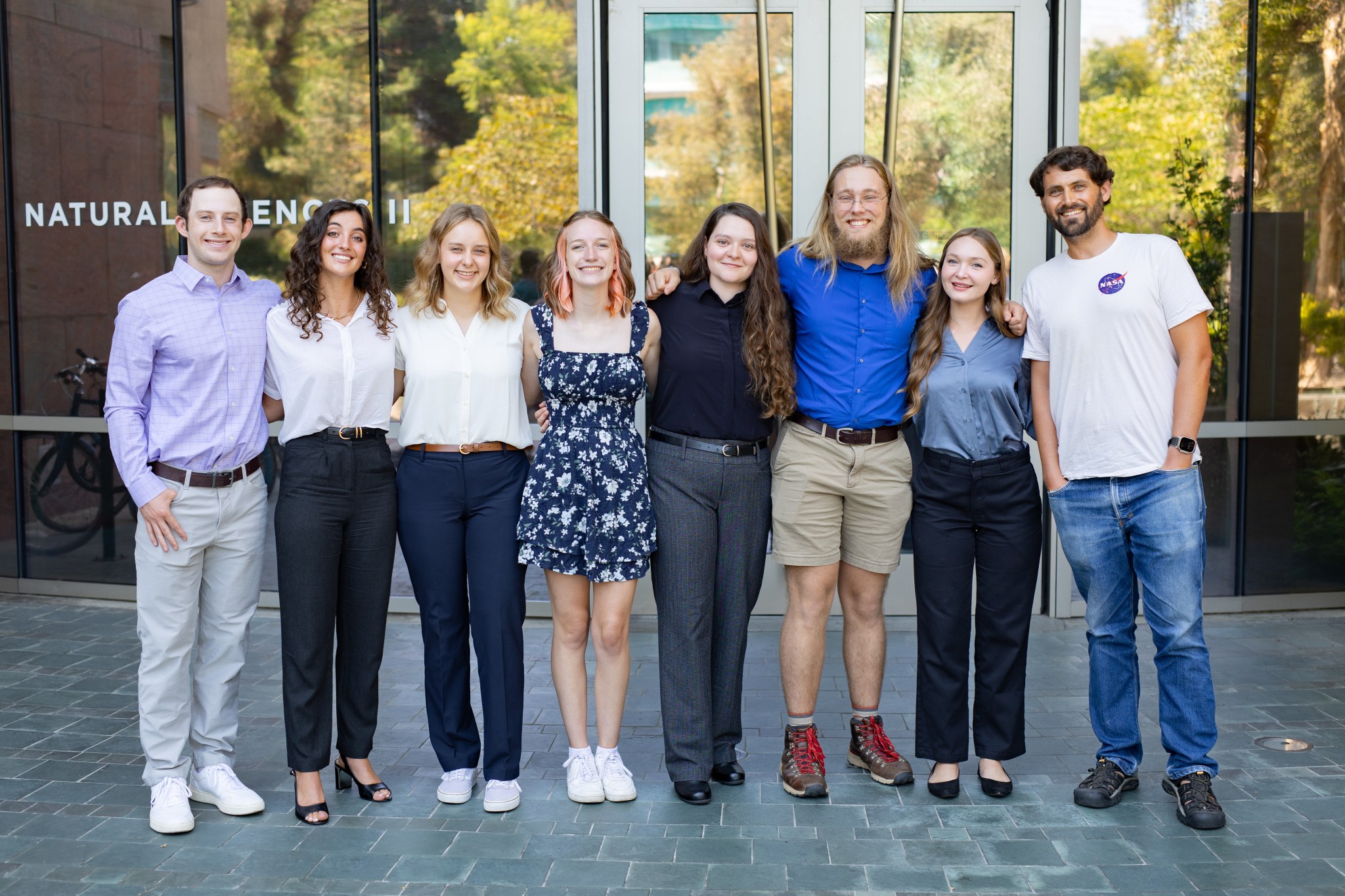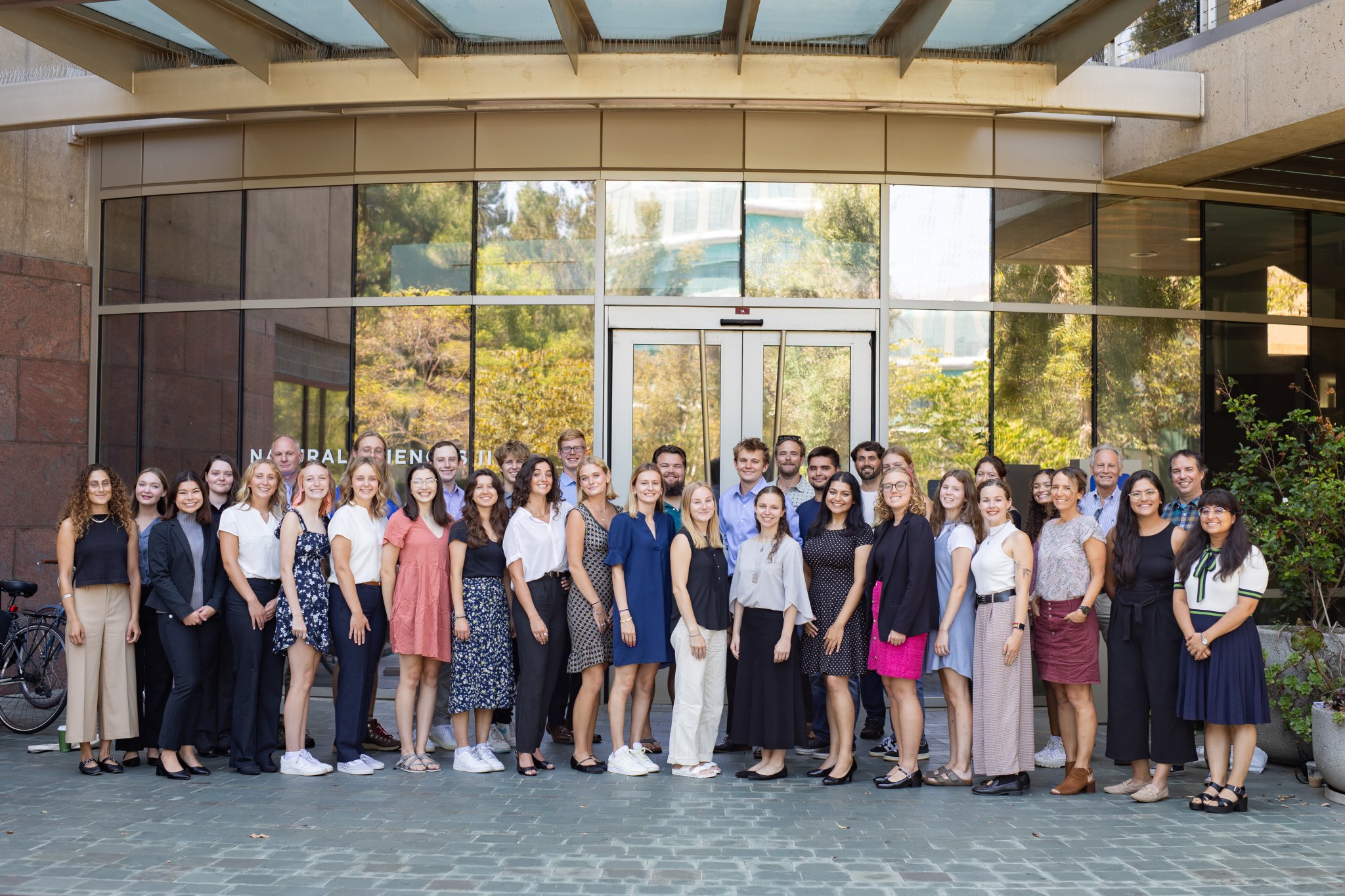Illustration of NASA’s BioSentinel spacecraft as it enters a heliocentric orbit. BioSentinel collected data during the May 2024 geomagnetic storm that hit Earth to learn more about the impacts of radiation in deep space. NASA/Daniel Rutter In May 2024, a geomagnetic storm hit Earth, sending auroras across the planet’s skies in a once-in-a-generation light display. These dazzling sights are possible because of the interaction of coronal mass ejections – explosions of plasma and magnetic field from the Sun – with Earth’s magnetic field, which protects us from the radiation the…
Read MoreMonth: September 2024
Pioneer of Change: America Reyes Wang Makes NASA Space Biology More Open
4 min read Pioneer of Change: America Reyes Wang Makes NASA Space Biology More Open America Reyes Wang, the lead of the the Space Biology Biospecimen Sharing Program at NASA’s Ames Research Center in California’s Silicon Valley, stands beside a spacesuit display. Photo courtesy of America Reyes Wang As humans return to the Moon and push on toward Mars, scientists are ramping up research into the effects of space on the body to make sure astronauts stay healthy on longer missions. This research often involves spaceflight studies of rodents, insects,…
Read MoreNASA Invites Public to Join as Virtual Guests for SpaceX Crew-9 Launch
A SpaceX Falcon 9 rocket carrying the company’s Dragon spacecraft is launched on NASA’s SpaceX Crew-8 mission to the International Space Station with NASA astronauts Matthew Dominick, Michael Barratt, and Jeanette Epps, and Roscosmos cosmonaut Alexander Grebenkin onboard, Sunday, March 3, 2024, at NASA’s Kennedy Space Center in Florida. NASA/Aubrey Gemignani NASA invites the public to participate as virtual guests in the launch of the agency’s SpaceX Crew-9 mission. NASA astronaut Nick Hague, commander, and Roscosmos cosmonaut Aleksandr Gorbunov, mission specialist, will embark on a flight aboard a SpaceX Dragon…
Read MoreRadar images capture snowman-shaped object tumbling past Earth
The universe appears to have sent us an early Christmas present: the large asteroid that tumbled safely past Earth last week was, in fact, two asteroids melded into one object that resembles a snowman. The asteroid, named 2024 ON, zipped past Earth on Sept. 17 at 19,842 mph (31,933 kph), which is roughly 26 times the speed of sound. The space rock is huge — 1150 feet (350 meters) long, about the size of a skyscraper — but it safely floated past Earth at a distance of 620,000 miles (1…
Read MoreJapan launching spy satellite on penultimate mission of H-2A rocket early Sept. 26
Japan’s workhorse H-2A rocket is set to fly for the second-to-last time early Thursday morning (Sept. 26). An H-2A topped with a secret spy satellite called IGS-Radar 8 is scheduled to lift off from Japan’s Tanegashima Space Center on Thursday at 1:24 a.m. EDT (0524 GMT and 2:24 p.m. local Japan time). Space.com will provide a webcast of the launch, if one is made available. According to NextSpaceflight.com, IGS-Radar 8 will head to sun-synchronous orbit (SSO), a polar path in which satellites cruise over patches of Earth at the same local…
Read MoreSARP West 2024 Oceans Group
9 min read Preparations for Next Moonwalk Simulations Underway (and Underwater) The Oceans group, from the 2024 Student Airborne Research Program (SARP) West Coast cohort, poses in front of the natural sciences building at UC Irvine, during their final presentations on August 13, 2024. NASA Ames/Milan Loiacono Faculty Advisor: Dr. Henry Houskeeper, Woods Hole Oceanographic Institute Graduate Mentor: Lori Berberian, University of California, Los Angeles Lori Berberian, Graduate Mentor Lori Berberian graduate student mentor for the 2024 SARP West Oceans group, provides an introduction for each of the group members…
Read MoreSARP West 2024 Whole Air Sampling (WAS) Group
10 min read Preparations for Next Moonwalk Simulations Underway (and Underwater) The Whole Air Sampling (WAS) group, from the 2024 Student Airborne Research Program (SARP) West Coast cohort, poses in front of the natural sciences building at UC Irvine, during their final presentations on August 13, 2024. NASA Ames/Milan Loiacono Faculty Advisor: Dr. Donald Blake, University of California, Irvine Graduate Mentor: Katherine Paredero, Georgia Institute of Technology Katherine Paredero, Graduate Mentor Katherine Paredero, graduate student mentor for the 2024 SARP West Whole Air Sampling (WAS) group, provides an introduction for…
Read MoreSARP West 2024 Terrestrial Ecology Group
10 min read Preparations for Next Moonwalk Simulations Underway (and Underwater) The Terrestrial Ecology group, from the 2024 Student Airborne Research Program (SARP) West Coast cohort, poses in front of the natural sciences building at UC Irvine, during their final presentations on August 12, 2024. NASA Ames/Milan Loiacono Faculty Advisor: Dr. Dan Sousa, San Diego State University Graduate Mentor: Megan Ward-Baranyay, San Diego State University Megan Ward-Baranyay, Graduate Mentor Megan Ward Baranyay, graduate student mentor for the 2024 SARP West Land group, provides an introduction for each of the group…
Read More2024 SARP West Closeout
5 min read Preparations for Next Moonwalk Simulations Underway (and Underwater) The Student Airborne Research Program (SARP) 2024 West Coast cohort poses in front of the natural sciences building at UC Irvine, during their final presentations on August 12, 2024. NASA Ames/Milan Loiacono On August 12-13, 24 students from the West Coast cohort of NASA’s Student Airborne Research Program (SARP) gathered at University of California, Irvine (UCI) to present their final research to a room of mentors, professors, family, and NASA personnel. SARP is an eight-week summer internship for undergraduate…
Read MoreCanon PowerShot Zoom digital monocular review
The Canon PowerShot Zoom is a bit confusing at first. Most of its features as a camera are equally well matched by your average phone and undoubtedly surpassed with almost any modern digital camera. You realize the camera’s point only once you start using the 400mm zoom. Canon calls the PowerShot a monocular, but we find it’s better understood as a really small digital camera with the addition of a two-position zoom lens. This feature makes it a unique take on the monocular market. The lens is 100/400mm (equivalent) with…
Read More